Description
RAF 111 Squadron F-4 Model
Fly with the 111 Squadron RAF in this hand crafted F-4 Model. Each piece is carved from wood and hand painted to provide a piece you’ll love.
- Length – 18 inches
- Made from Mahogany
- US Veteran Owned Business
- The product is not intended to be used by children 12 years and younger.
No. 111 Squadron RAF
No. 111 (Fighter) Squadron was a squadron of the Royal Air Force. It was formed in 1917 in the Middle East as No. 111 Squadron of the Royal Flying Corps during the reorganisation of the Egyptian Expeditionary Force after General Edmund Allenby took command during the Sinai and Palestine Campaign. The squadron remained in the Middle East after the end of the First World War until 1920 when it was renumbered as No. 14 Squadron.
The squadron was reformed in 1923. In World War II in 1940, it fought in the Battle of Britain. In late 1941 it moved to the Mediterranean, where it was involved in the North African Campaign and then the Allied invasion of Sicily and the Allied invasion of Italy. Disbanded in the years after the war, the squadron reformed in 1953 with jets.
Operating the Hawker Hunter, No. 111 Squadron provided an aerobatic display team – the Black Arrows. It also performed aerobatics when it re-equipped with the Lightning interceptor. The Squadron moved to Scotland in 1975, shortly after changing to flying Phantoms. In 1990 the squadron began flying the air defence variant of the Panavia Tornado. It operated the Panavia Tornado F3 in air defence from RAF Leuchars, Scotland until March 2011, when the squadron was disbanded, ending Tornado F3 service in the RAF.
History
In World War I
No. 111 Squadron was formed at Deir el-Balah, Palestine, on 1 August 1917, with a mixed bag of single seat fighters as the first dedicated fighter squadron in the region. Its mission was to restrict enemy reconnaissance flights and challenge the German fighter presence over Suez. It was reinforced by Bristol F.2 Fighters in September,one of these claiming the first aerial victory for 111 on 8 October.[4] It handed over its Bristol Fighters to No. 1 Squadron, Australian Flying Corps in February 1918, becoming completely equipped with single seat fighters.[5] By the time the Armistice with Turkey ended the war in the Middle East, No. 111 Squadron had claimed 44 enemy aircraft destroyed and a further 13 forced down for the loss of two pilots killed in combat, one prisoner and three wounded.[6] The squadron had produced four aces: Austin Lloyd Fleming, future Air Marshal Peter Roy Maxwell Drummond, Charles Davidson, and Arthur Peck.’Treble One’ moved to Egypt after the War ended and then to Ramla in Palestine on 6 February 1919, re-equipping with the Bristol Fighter. On 1 February 1920, the squadron renumbered to No. 14 Squadron.
Between the wars
On 1 October 1923 111 Squadron reformed at RAF Duxford, equipped with a single flight of six Gloster Grebe fighters, the first Grebes to enter service with the RAF.[6][8] These were supplemented by a second flight of First World War-vintage Sopwith Snipes in April 1924, and by a third flight of Armstrong Whitworth Siskins in June 1924, completely equipping itself with Siskins in January 1925.[9] The squadron, tasked with defending London, replaced its Siskins with Bristol Bulldogs in January–February 1931, with its Siskins being passed on to 19 Squadron.[10] The squadron moved to RAF Northolt in July 1934[11] and re-equipped with Gloster Gauntlets in May–June 1936. The squadron became the first Hawker Hurricane squadron in January 1938.[10]
In World War II
111 Squadron played a role in the Battle of Britain, pioneering dangerous head-on attacks against the Luftwaffe bomber streams. Claims included 47 aircraft shot down for 18 Hurricanes lost. The squadron replaced its Hurricanes with Supermarine Spitfires in April 1941. In November the Squadron again relocated to RAF Gibraltar for support of Operation Torch, the invasion of North Africa. In a similar role it moved to Malta in June 1943 to support Operation Husky, the invasion of Sicily. No 111 moved through Italy with the advancing Allied ground forces and remained there until the end of the war, after which it moved to Austria. The squadron disbanded in May 1947. 269 aircraft were claimed shot down, making the squadron one of the top RAF scorers for the war.
Into the jet age
The squadron was not reactivated until 1953 when it received Gloster Meteor F8s at RAF North Weald. The Meteors were soon replaced with Hawker Hunters and No. 111 moved to RAF Wattisham in Suffolk. They achieved international acclaim with their ‘Black Arrows’ aerobatic display team using the Hawker Hunter. The squadron received the all-weather English Electric Lightning fighter in 1962 which it operated for ten years during which, in 1965 it became the RAFs Large Aircraft Aerobatic Display Team under Wing Commander George Black (later AVM). It was famous for the rolling of 12 Lightnings together during its display. In 1974 the squadron moved from Wattisham after almost 18 years and re-equipped with the F-4 Phantom II at RAF Coningsby, before moving north to Leuchars on 3 November 1975.
The squadron began to re-equip with the Tornado F3 in 1990.
Recent operations
Throughout its time at Leuchars the No. 111(F) Squadron was tasked with the maintenance of Quick Reaction Alert, which involves keeping aircraft at a high state of readiness to intercept, identify and, should it be necessary, destroy hostile aircraft approaching UK airspace. The squadron was involved in Operation Deny Flight and Operation Deliberate Force over Bosnia, Operations Bolton and Resinate in the Middle East and regularly participated in major Air Defence exercises, both in the UK and abroad.
Led by Wing Commander Rob Birch, 111 (Fighter) Squadron was involved in Operation Telic where it formed the major part of the Tornado F3 Wing at Prince Sultan Air Base in Saudi Arabia.
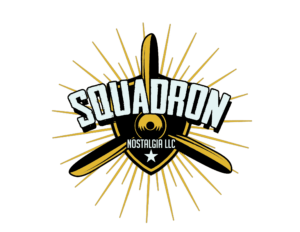
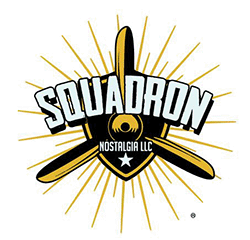

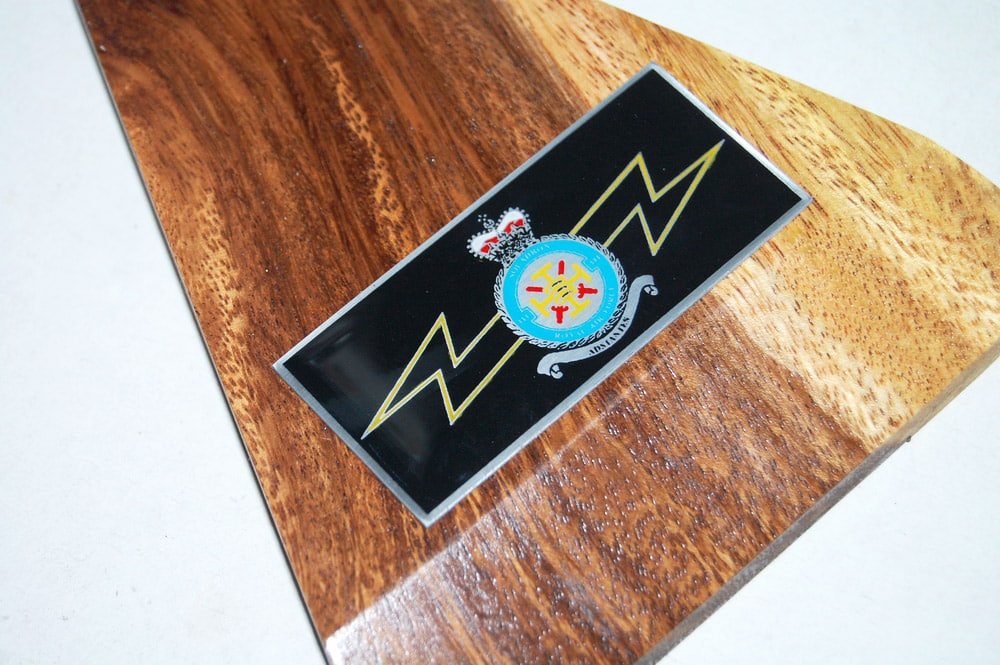
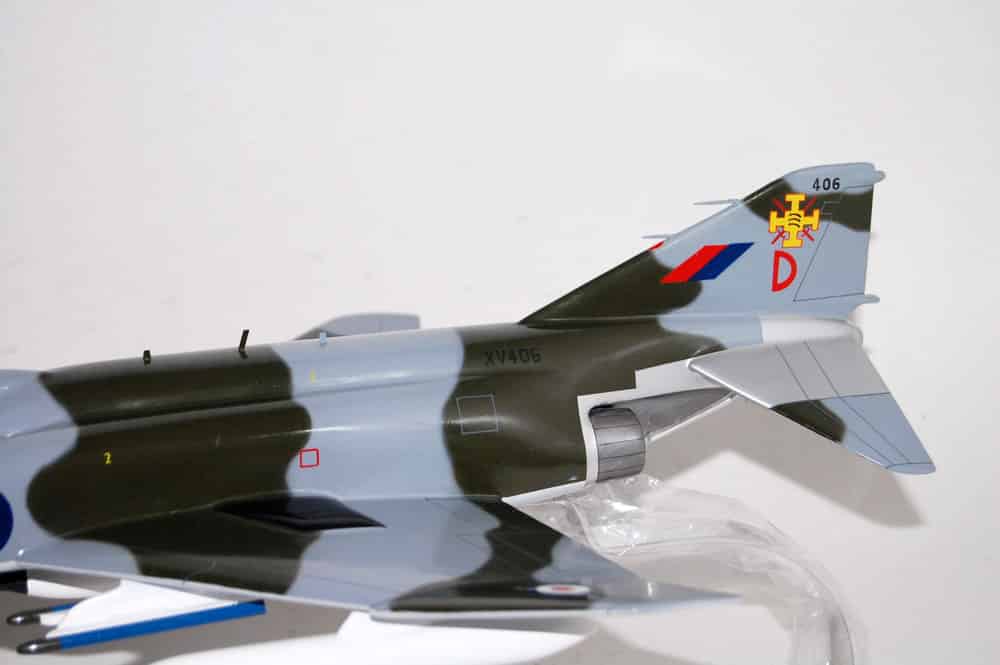
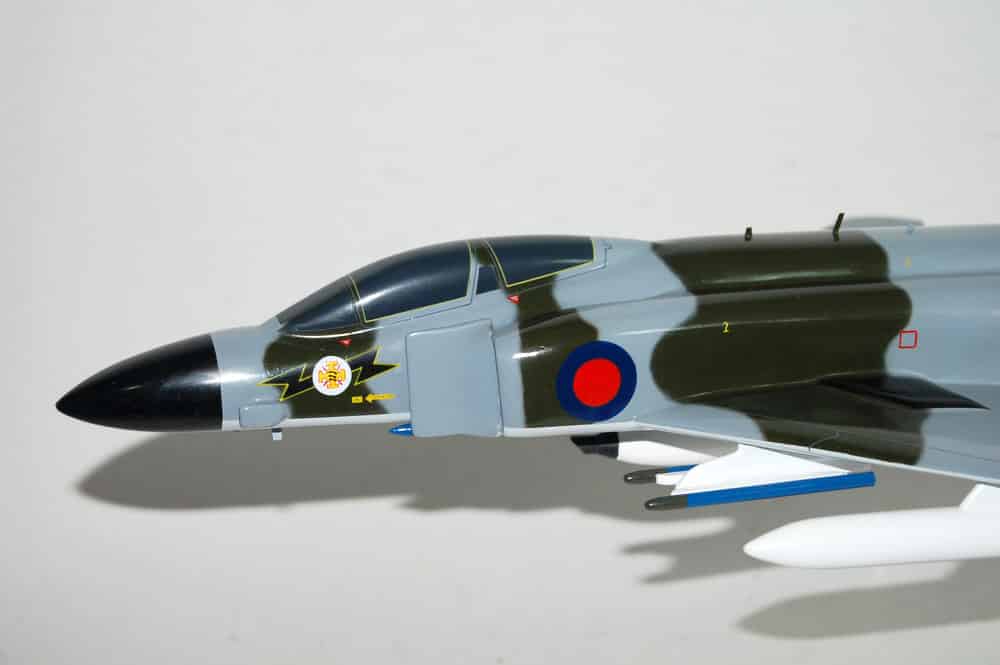

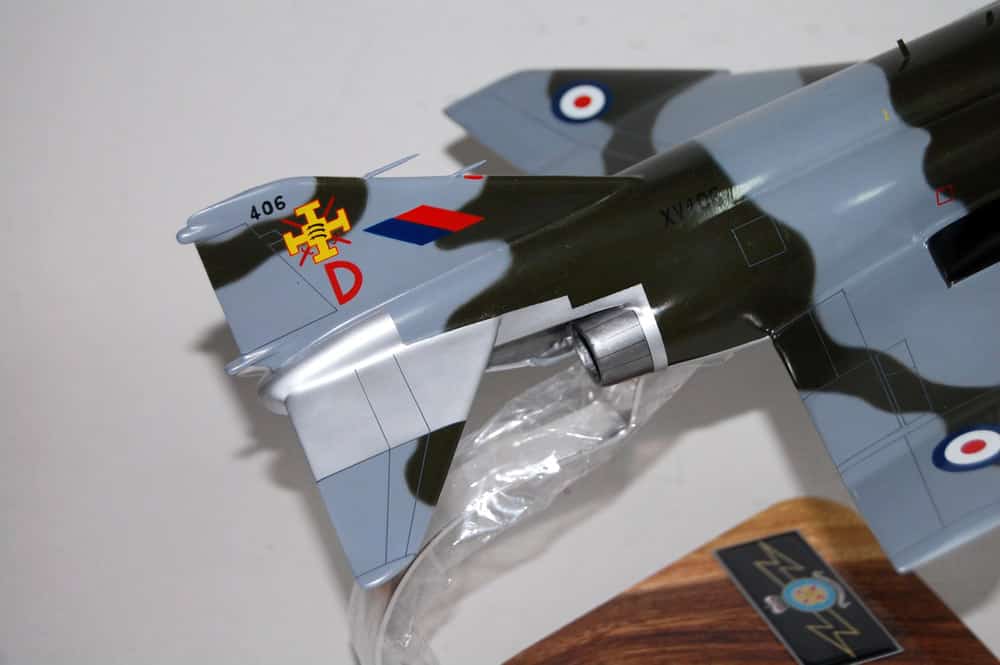
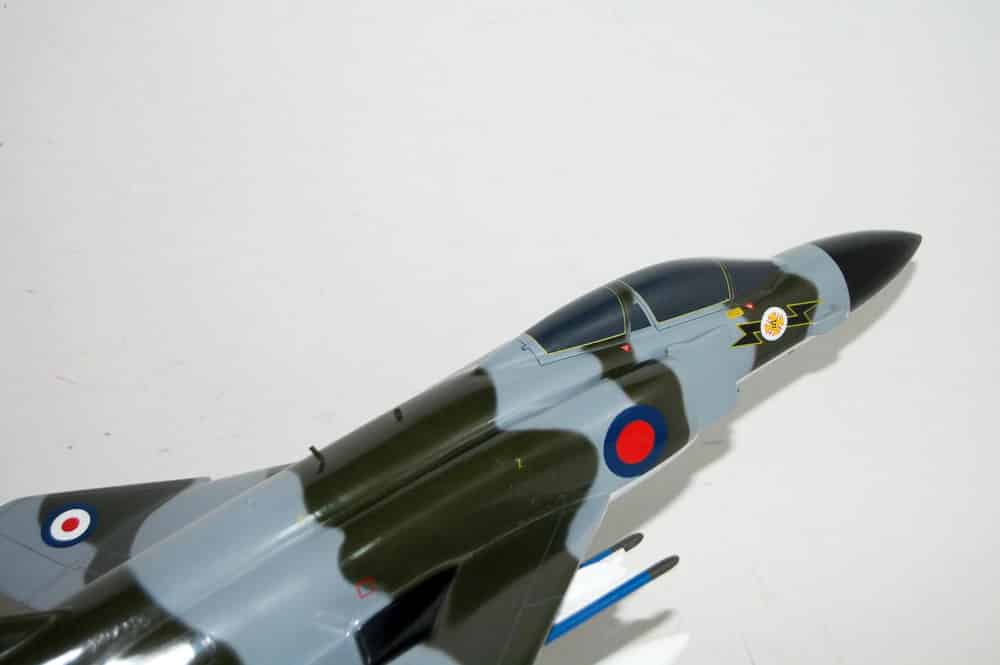
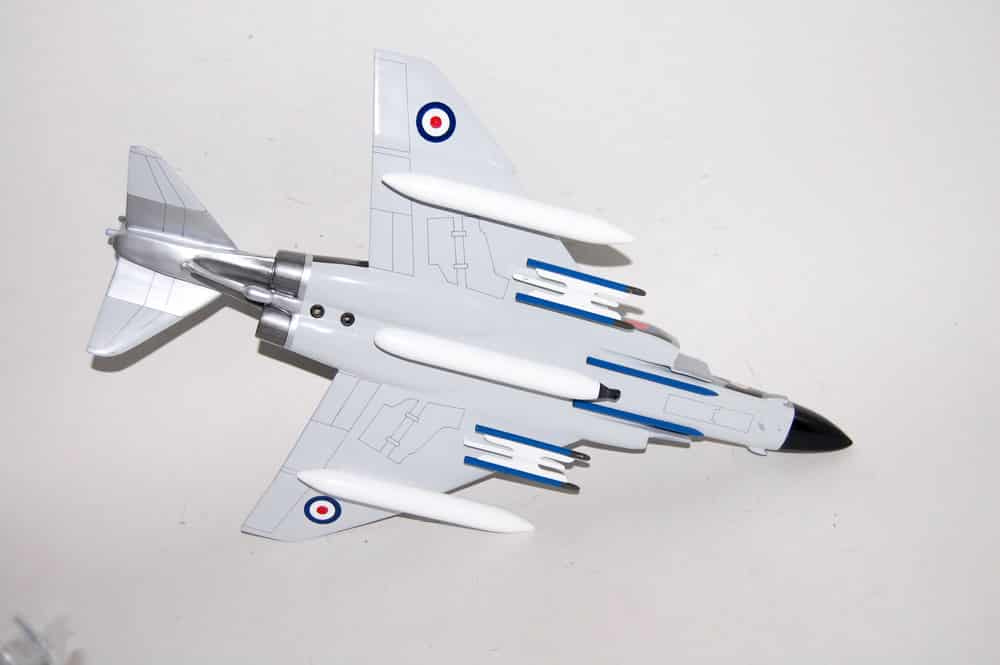
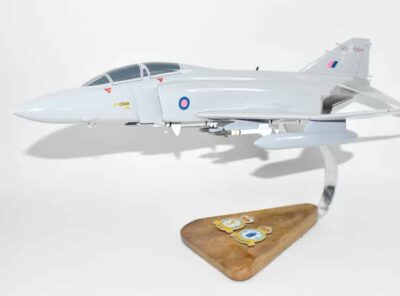
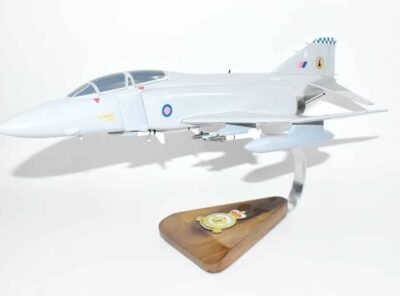
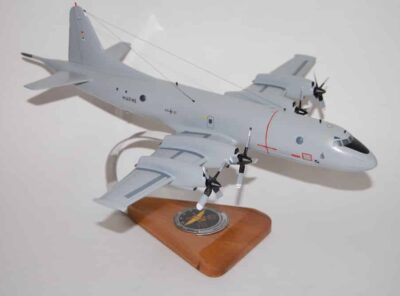
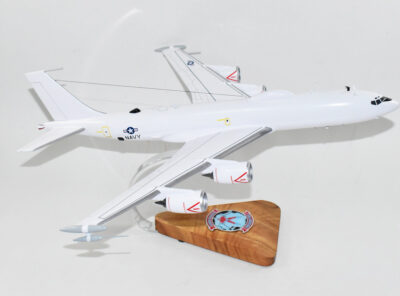
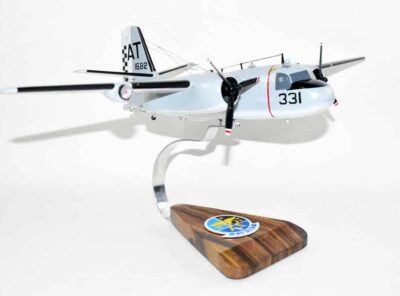
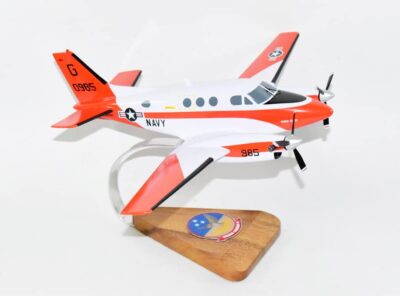
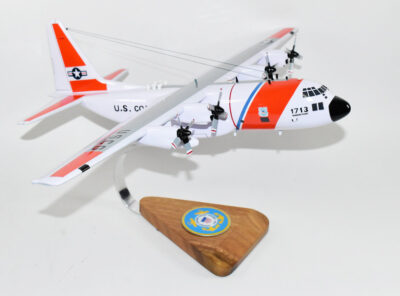
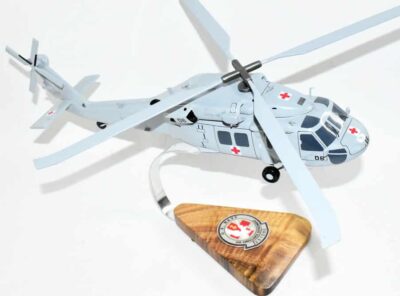
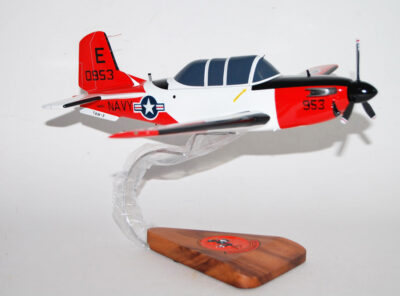
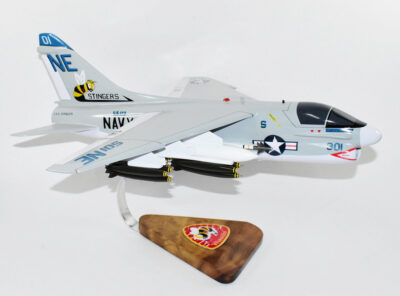
Reviews
There are no reviews yet.